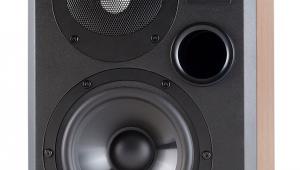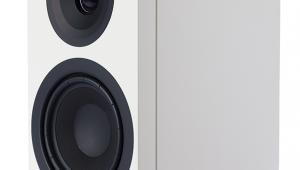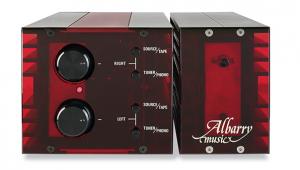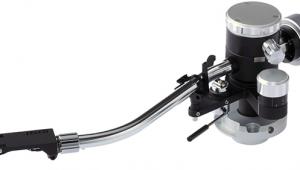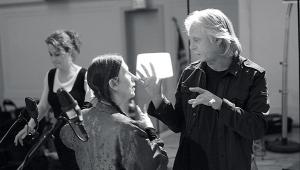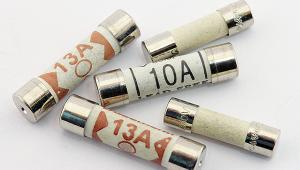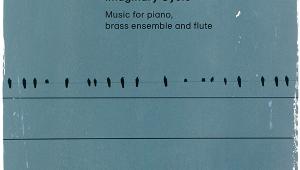Kii Audio THREE BXT Loudspeaker
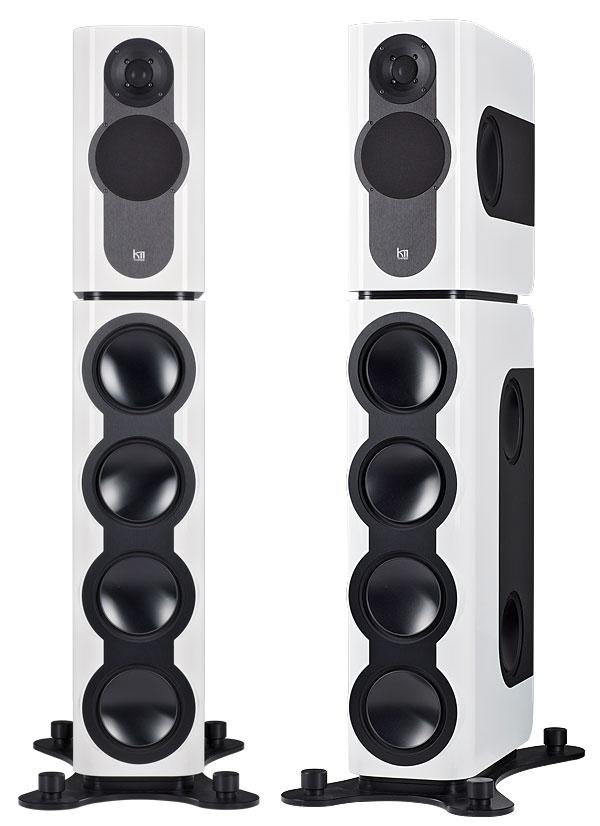
 If there was anything wrong with the Kii Audio Three, it's fixable at a stroke by adding the BXT extension module
If there was anything wrong with the Kii Audio Three, it's fixable at a stroke by adding the BXT extension module
As the moving-coil loudspeaker approaches its centenary you could say plus ça change – much about it has changed, but some things remain stubbornly the same. For instance, for a large slice of the loudspeaker's lifetime, designers and enthusiasts have argued over how sound should be radiated into the room. Should a speaker 'beam' its sound towards the listener, thereby quelling the room's contribution as much as possible? Or should it fire sound in all directions, engaging the room as much as possible?
Whatever your philosophical stance on this, the plain fact is that most loudspeakers, old and new, do a bit of both: they are omnidirectional at low frequencies, where the wavelength of sound in air is long, and directional at high frequencies, where the wavelength is short.
There's probably a broad consensus among speaker designers that constant directivity is desirable, but it's a difficult ideal to achieve. Notionally it can be had passively using the 'acoustic resistance box' to create a radiation pattern like the polar pattern of a cardioid microphone – but it's hard to realise in practice and, as far as I'm aware, only Finnish company Gradient Labs has ever offered speakers which attempt this over a wide frequency range.
Directivity By DSP
Recently we've seen another approach gain traction – multi-driver active speakers with clever DSP controlling the directivity. B&O began the trend with its large, costly BeoLab 90 [HFN Dec '16]. Then start-up Kii Audio arrived with the Kii THREE [HFN Aug '18], a simpler, smaller, less ambitious design at a much lower price point.
Recipient of wide critical acclaim, the Kii THREE had just one obvious shortcoming – it was too compact to deliver prodigious bass capability. Hence what you see here, the £29,990 Kii THREE BXT – the Kii THREE atop a 'bass bin', although that demeaning terminology does no justice to what is the logical culmination of the Kii design approach. Existing THREE owners can buy a pair of BXTs for £16,670, and custom finishes are more expensive.

In each THREE BXT there are 10 Ncore Class D power amplifiers. The THREE itself, which can be removed from the BXT and used independently if required, contains six – one per drive unit (tweeter, midrange, two side-firing drivers, and two rear-firing drivers). Using designer Bruno Putzeys' own adjective, the BXT is less 'profligate' in that it has 'just' four amplifiers driving its eight drivers (four forward-firing, four side-firing) in pairs, each amplifier being rated at a maximum output of 500W/2ohm.
Working In Unison
There is no crossover as such between the THREE and BXT. Rather, the BXT supplements the THREE below 250Hz, mimicking its behaviour while dividing the LF output among a larger number of drive units. As with the THREE, the THREE BXT radiates omnidirectionally up to 50Hz before transitioning to cardioid radiation above 80Hz. This is maintained up to 1kHz, at which point the directivity becomes dominated by that of the tweeter. It's this surrendering of DSP directivity control at HF which makes the THREE so much less complex than the BeoLab 90.
The benefit of cardioid directivity is simple – it radiates 4.8dB less energy into the room for the same on-axis SPL than an omnidirectional radiation pattern, which means you hear more of the loudspeaker and less of the room. Arguably as important as the constrained radiation angle is that it's essentially constant from 80Hz to 1kHz, which means that – over this frequency range at least – early reflections from room boundaries will have the same spectral content as the direct sound, which makes it easier for us to recognise them as reflections and fuse them with the speaker's forward output.
Flexible Positioning
Temptation to lower the frequency at which the omni to cardioid transition occurs with the BXT was resisted, says Putzeys, because this 'eats into headroom rather quickly'. But the opportunity was taken to lower the bass roll-off from 30Hz down to 20Hz (–3dB). And the BXT, like the THREE, incorporates compensation for room boundary gain, a screwdriver-adjusted rotary control on its upper rear panel allowing adjustment for use near a wall or corner.
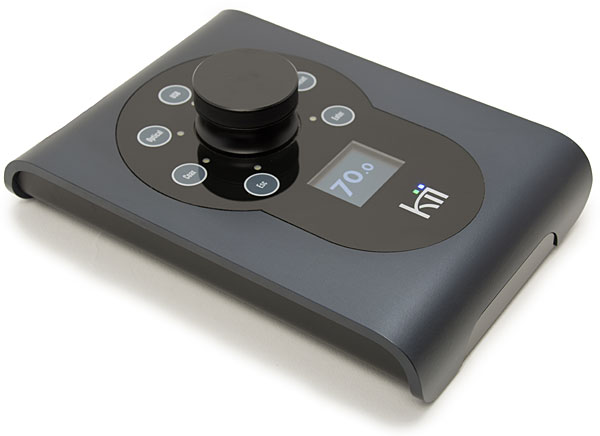
DSP driver excursion protection is implemented as previously, by sliding the bass corner frequency upwards, but with the increased number of drivers it kicks in at 10dB higher SPL than with the THREE alone. A graph on the Kii Audio website shows the THREE BXT's peak output capability to be 115dB SPL (distance not specified, probably 1m) down to 60Hz, below which it decreases at 12dB per octave. This is with the BXT's boundary gain control set to 'F' (flat); if the LF response is adjusted for 'W' (near-wall) or 'C' (near-corner) use then the 115dB SPL limit is retained down to even lower frequencies, depending on the exact setting chosen.
Mating the THREE and BXT is easy, as is decoupling them. The THREE slides into position on lipped rails, and short electrical connections for mains power, signal and data are made between the rear panel of the THREE and top rear panel of the BXT. External power, data and signal connections are then made to the BXT's lower panel, with a three-pin XLR providing for either analogue or AES/EBU digital inputs. USB, Toslink optical and coaxial S/PDIF inputs are available via the optional Kii Control wired remote, which also provides volume and access to DSP functions like tone control.
![]() Instant Integration
Instant Integration
Considering the complexity of this speaker system – not least those 14 drive units per channel, plus all the DSP and amplification – it's laudable that the first impression the Kii THREE/BXT creates when fed from editor PM's reference Melco server/player via the Kii Controller is one of total integration [writes Andrew Everard]. There's no sense of parts of the frequency range being shuffled between drivers, as can sometimes be the case with less well thought out multi-driver speakers.







